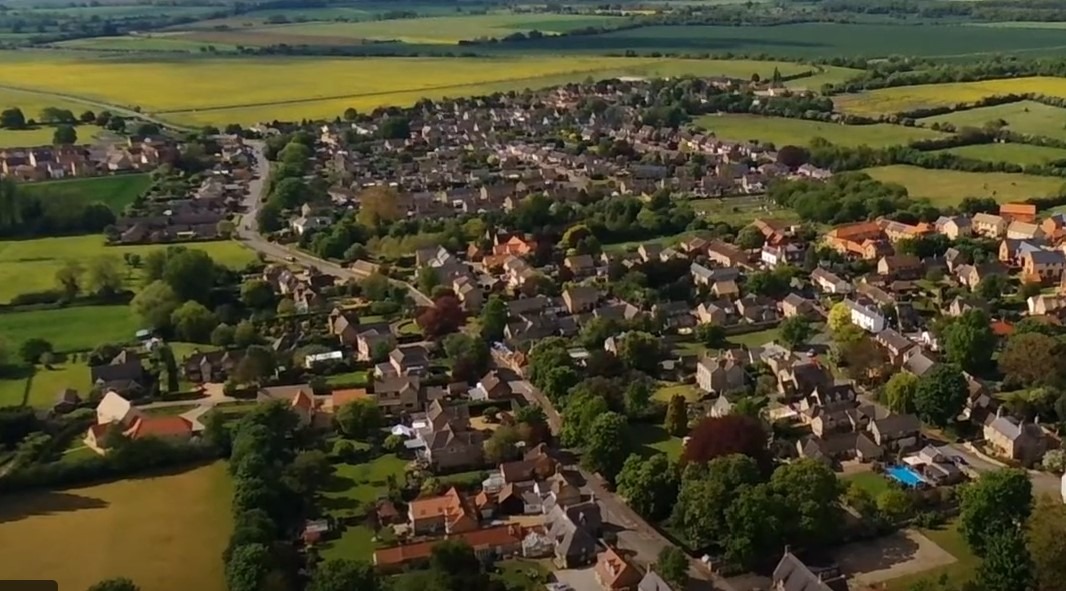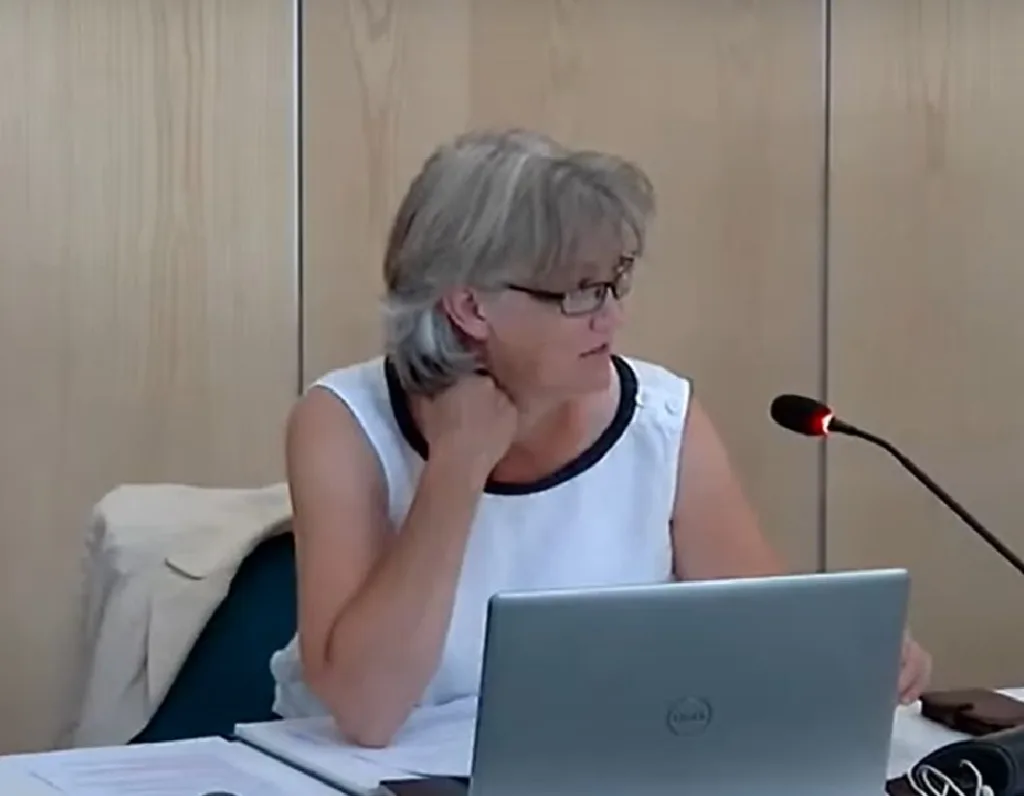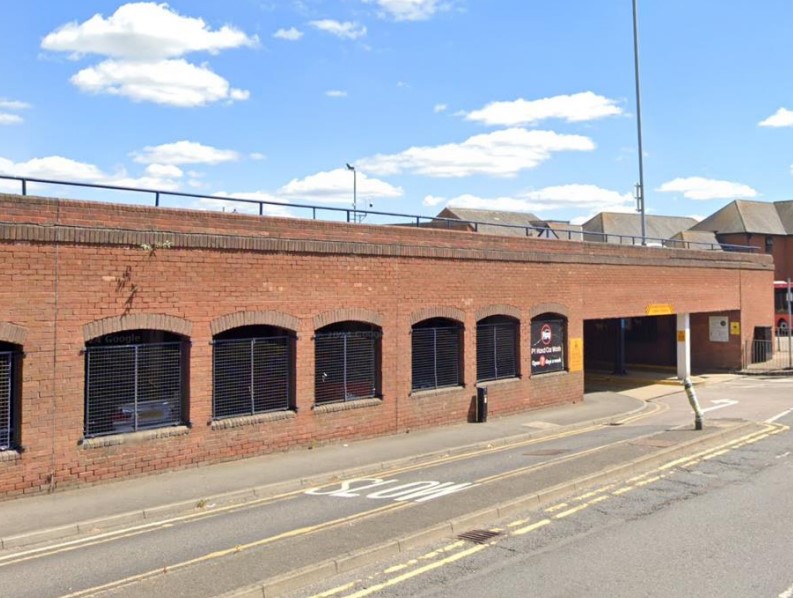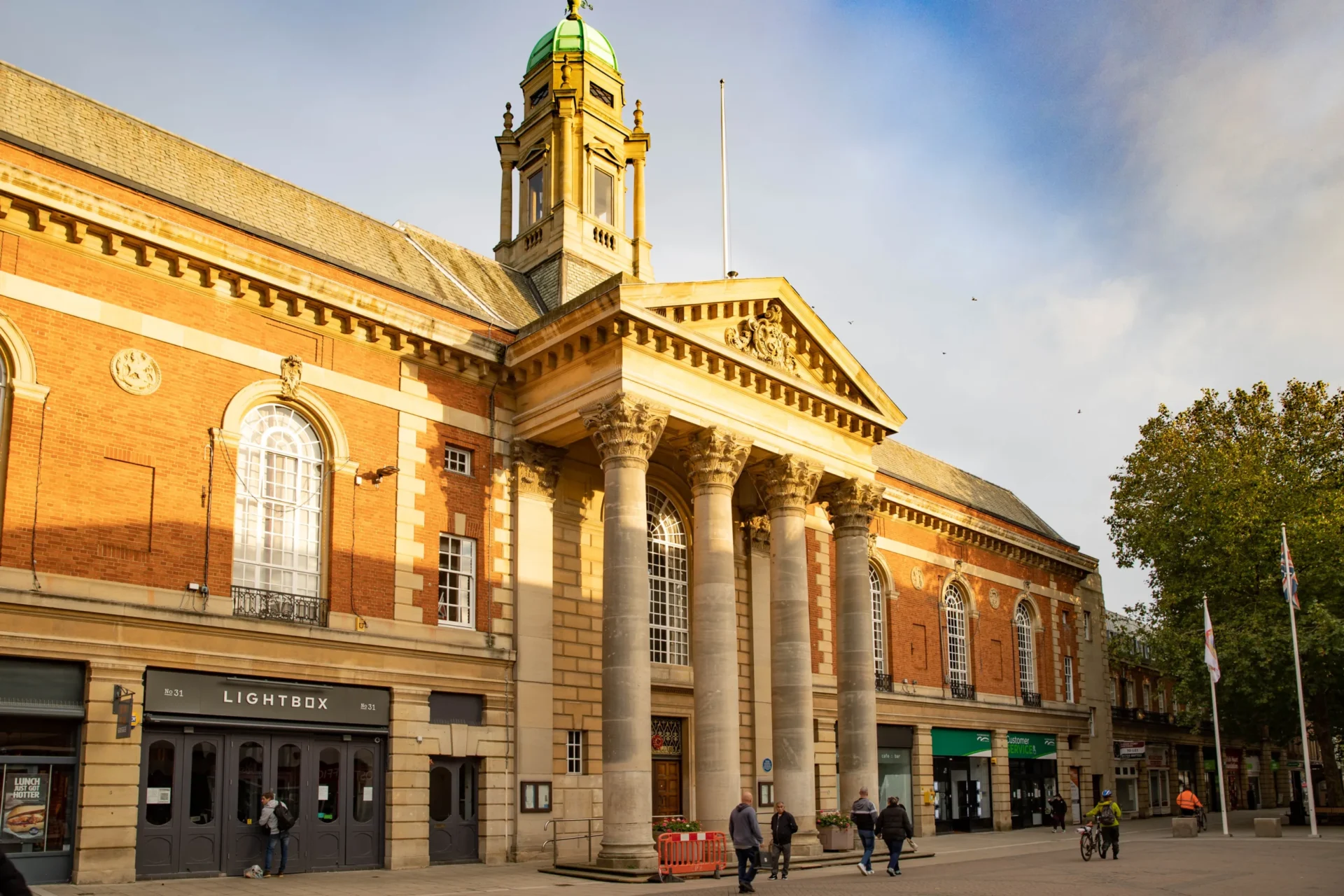“I’ve not been in since the John Lewis’ closed”. I have lost track of the number of people who have said that to me in the last year or so. Peterborough was once up and coming. The place to be. We even had a ‘Peterborough Effect’. For the last five decades our city has depended on a model of perpetual ‘superfast’ growth, based mainly on housing.
We have been one of the fastest growing cities in England for decades. Even as the New Town Development Corporation shut up shop, the city still kept its pedal to the metal. And yet, you’ve got to wonder, where has it got us?
No John Lewis’. Now no M&S in the city centre. An effectively bankrupt council. And more fundamentally, we have some of the poorest productivity growth in the country, amongst the lowest growth in disposable incomes, high unemployment, low levels of literacy and, to top it all off, the poorest public health outcomes of any local authority.
And anyone who has lived here for a while will know that it’s not getting any better. Try and get an NHS dentist here and see what happens.
People in Peterborough remain supportive of housing but give a higher priority to improvements in public services. The two are not unrelated.
Since the 1990s, the Peterborough model of continued fast growth as the basis of the city’s economic strategy hasn’t been accompanied by the guiding hand or investment in infrastructure and public services that the Development Corporation provided.
Without that, what we have got is growth in population without investment in services, and the effects of that are now beginning to tell.
As the new council leadership considers the Local Plan, continuing to aim for the same rate of conventional, suburban growth risks continued decline.
It will continue the ‘developers charter’ of the last 30 years, as the big building companies extract value from their new developments, leaving the council with high ongoing costs and limited revenue.
But it doesn’t have to be this way. Our new Labour council and Labour MPs now have the opportunity for change. To aim for a new model of growth for the city.
They should step back from the target of nearly 1,000 houses a year and aim instead for around 700. This would still put us amongst the faster growing cities in the country but be more manageable within our tight unitary authority boundaries.
Rather than building a ‘doughnut city’, we should look at more strategic development of the city centre, with high quality residential areas to create a population that can support city centre shops, restaurants and bars.
And we should look to make more of the countryside around our city. The ‘John Clare Countryside’, Peterborough’s space to breathe.
As chair of Protect Rural Peterborough, I’m happy to say I’m fighting hard to prevent mass suburban sprawl in and around Castor and Ailsworth.
This sweep of countryside should be one of the city’s great assets, running from Ferry Meadows and the Nene Park Trust’s rural estate along the River Nene, up through the nationally important ancient woodland at Castor Hanglands, through to Stamford and the River Welland beyond.
And exciting things are happening here that will enhance the landscape for everyone in Peterborough.
Nature organisations, 21 Rural Parish councils, and landowners have already come together with a vision to restore this area for nature on a landscape scale.
This landscape, where John Clare wrote so many of his most famous poems, could once again purr with the song of Turtle Doves, along with the Nightingales and Skylarks that already thrive there, as city dwellers and new visitors break out into one of the city’s few open stretches of uninterrupted countryside.
But all of that is at risk if the council allocate the area for development in their new Local Plan, with up to 5000 houses proposed within a few hundred yards of the National Nature Reserve at Castor Hanglands.
This is not Labour’s ‘grey belt’. It is a rolling mix of woodland, heaths, farmland and meadows.
Development at this scale would trash one of our city’s greatest assets before we’ve had a chance to realise it’s true value for the people of Peterborough.
And at the same time, it would be repeating the insanity of a growth model that has demonstrably failed the city.
The housing crisis is real, but Peterborough has already done more than its fair share. We can’t be a ‘New Town’ forever. If every city and town had grown as fast as we have over the last three decades, we’d have built double the number of houses since 1990, more than the 300,000 houses required nationally each year.
For the people of Peterborough, our new Labour council needs to focus on quality, not quantity. It needs to focus on improving public services for the current population, and making the city centre a place Peterborians actually want to spend time and money in.
For the sake of our city’s future, Peterborough needs a new model of growth for social good.
In 1935 Frank Perkins had inscribed across his factory entrance, “Where there is no vision, the people perish”
‘Fastest growing city in the UK’ is not a vision for the people of Peterborough.
Martin Chillcott is chair of Protect Rural Peterborough
Protect Local Peterborough (PRP) is a campaign to oppose proposals for a Township in the middle of open countryside. PRP has been set up by residents of nearby villages because they believe that the draft proposals will change the local countryside forever and is the first step in the urbanisation of the area.
More information here: https://www.protect-rural-peterborough.org.uk/






















